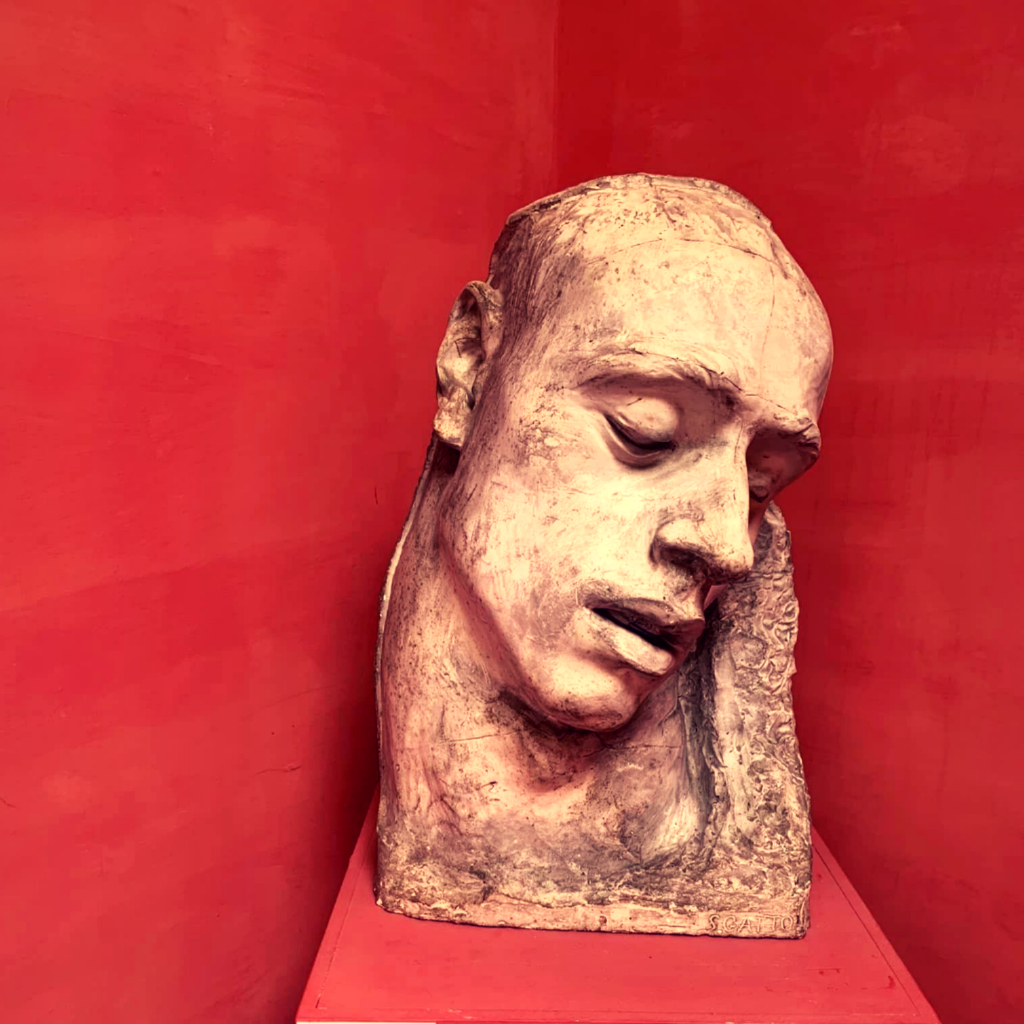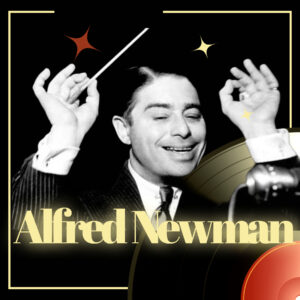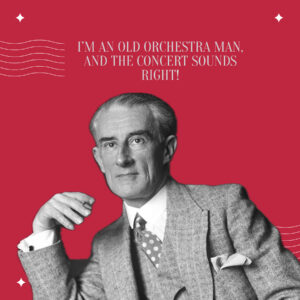Chaplin, who was a frequenter of English music halls and played several instruments by ear but could not read music, composed music for his films. Starting with “City Lights” (1931), Chaplin relied on musical assistants to help him translate his ideas into scores and then into soundtracks. Music played the role of the sound picture of his films, which were silent, and he and his colleagues later won an Oscar for the score of “Limelight.”
Chaplin had the advantages of a musical inheritance from his ballad-singer father, the natural endowment of a quick ear, and a superb sense of rhythm, a taste for the art, experience with it on the stage. As a boy, in Kennington Cross, he was enraptured by a weird duet on clarinet and harmonica, to a tune he later identified as the popular song, “The Honeysuckle and the bee”. “It was played with such feeling that I became conscious, for the first time, of what melody really was”
According to Fred Karno’s biography, young Chaplin spent much of his leisure time between shows picking out tunes on an old cello. When Chaplin was signed by the Essanay Company, he bought a violin on which he scraped for hours at night, to the annoyance of less wakeful actors when they all lived next to the studio at Niles, California.
Chaplin conceived “Modern Times” in part as a comic commentary on the dehumanizing aspects of the mechanized, industrial world. The score of “Modern Times” contains some of the most familiar music that Chaplin ever wrote. Its love theme was later given lyrics and became the popular song “Smile,” which has been performed by singers including Nat King Cole and Michael Jackson.
Chaplin, who viewed the end of the silent era warily, wrote in his autobiography that “one happy thing about sound was that I could control the music, so I composed my own.” He explained that he wanted “elegant and romantic music” to contrast to his Tramp character, which sometimes led him to spar with his musical assistants and arrangers.
“They wanted the music to be funny,” Chaplin wrote. “But I would explain that I wanted no competition, I wanted the music to be a counterpoint of grace and charm, to express sentiment, without which, as Hazlitt says, a work of art is incomplete.”
The question of how much of Chaplin’s music belongs to him and how much to his colleagues – including some of Hollywood’s greatest composers – has become a matter of debate. After the premiere of “City Lights”, Chaplin voiced his own contribution, saying that he had “la-la’d”, while his arranger wrote the music and earned praise.
Some of his collaborators have said that much of the music was substantially Chaplin’s, and tales abound of the demanding way he drove his musical assistants, sometimes for months on end. When his son, Charles Chaplin Jr., wrote about his father’s collaboration with some of the industry’s top talents, he wrote, “Dad wore them all out.”
David Raksin, one the arrangers who worked with Chaplin on “Modern Times,” and who later composed the music for hundreds of films and television shows — and was perhaps best known for the theme he wrote for the 1944 movie “Laura” — wrote that Chaplin was integrally involved, contributing much more than tune fragments to be developed and orchestrated.
“On the contrary; we spent hours, days, months in that projection room, running scenes and bits of action over and over, and we had a marvelous time shaping the music until it was exactly the way we wanted it,” Mr. Raksin wrote in 1983 in The Quarterly Journal of the Library of Congress. He recalled how Chaplin would describe the mood and feel of what he wanted, suggesting “one of those Puccini melodies” for the love theme that later became “Smile.”
Chaplin was intimately familiar with the musical establishment of his time – his autobiography is riddled with stories of his meetings with Stravinsky, Caruso, Casals and others – making no grandiose claims to his music. He wrote about meeting the composer Arnold Schoenberg, whose work he admired. “After seeing my film ‘Modern Times,’ he told me that he enjoyed the comedy but my music was very bad — and I had to partly agree with him,” Chaplin wrote.
Chaplin’s scores in “The Great Dictator”, and “Monsieur Verdoux”, and with the full score for the reissued “The Gold Rush” can only be described as “Chaplinesque”, quality, which was discerned and commented upon in this music, despite the fact that it was arranged and orchestrated by other hands.
The style is marked and individual. It shows a fondness for romantic waltz hesitations played in very rubato time, lively numbers in two-four time which might be called “promenade themes”, and tangos with a strong beat.
It can now be seen that Chaplin’s music is an integral part of his film conceptions. In similar fashion D.W Griffith also composed some musical themes for his pictures. But perhaps of no other one man can it be said that he wrote, directed, acted, and scored a motion picture.
Incidentally, Chaplin even conducted the orchestra, himself, during recordings, an added reason for the satisfying impression of wholeness in the Chaplin films.



